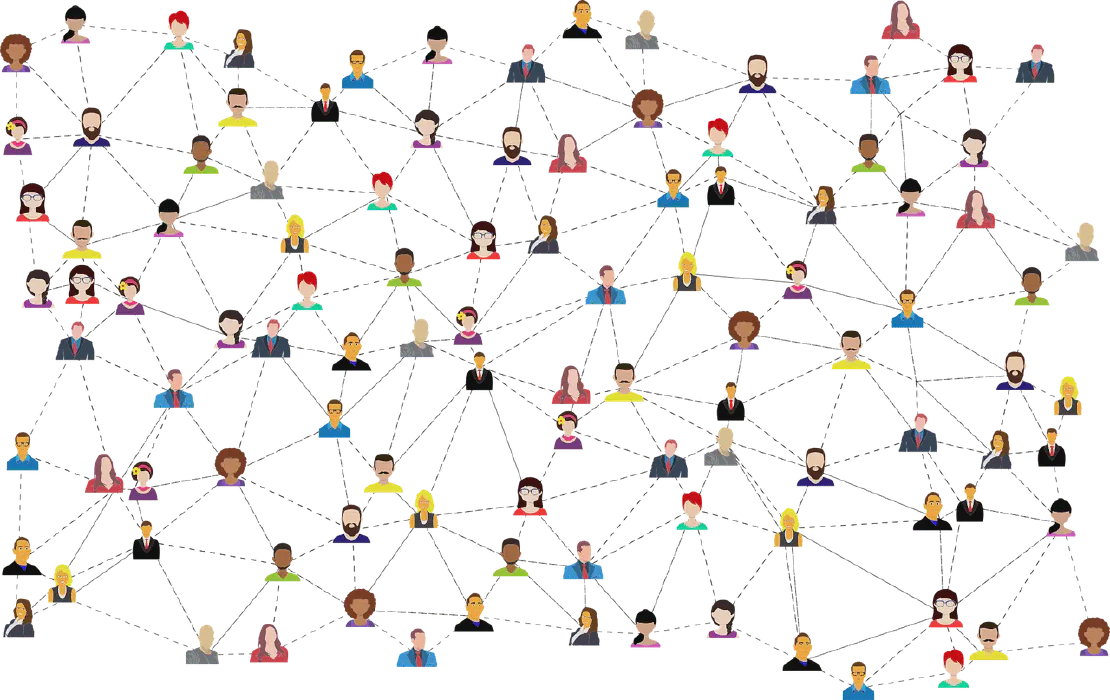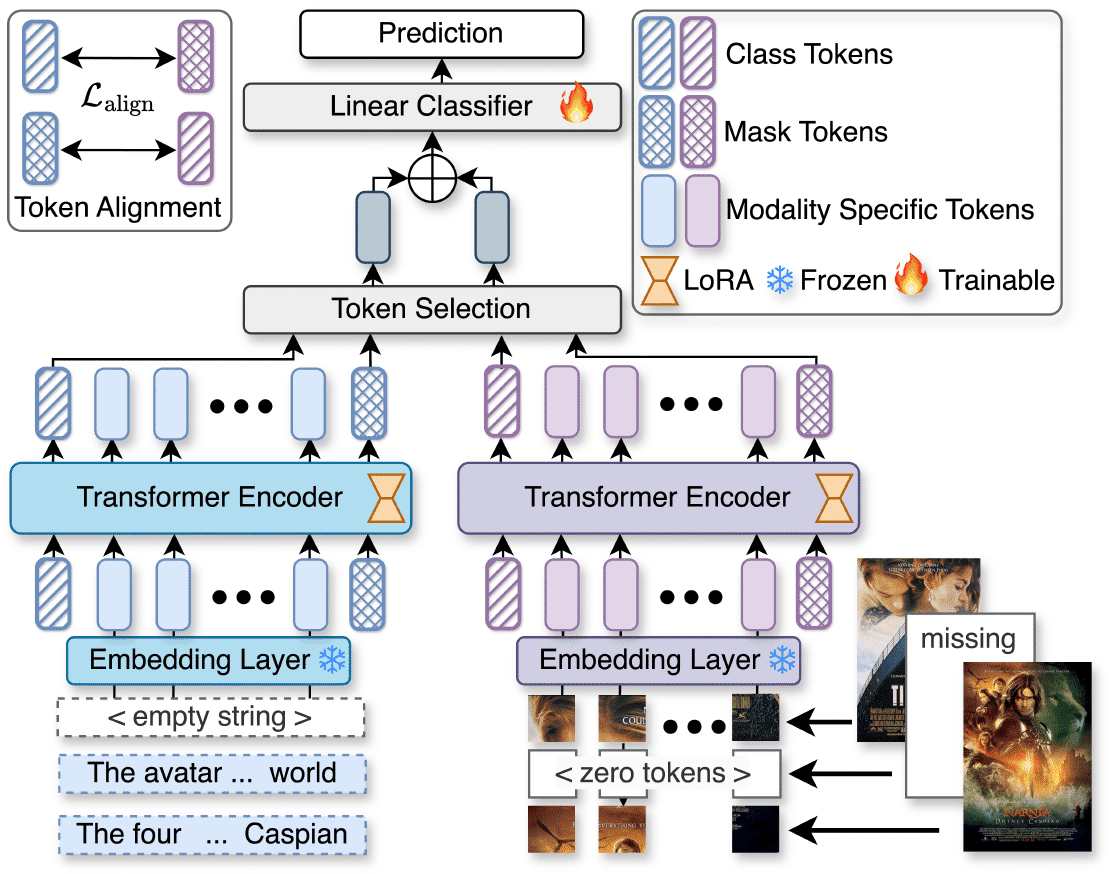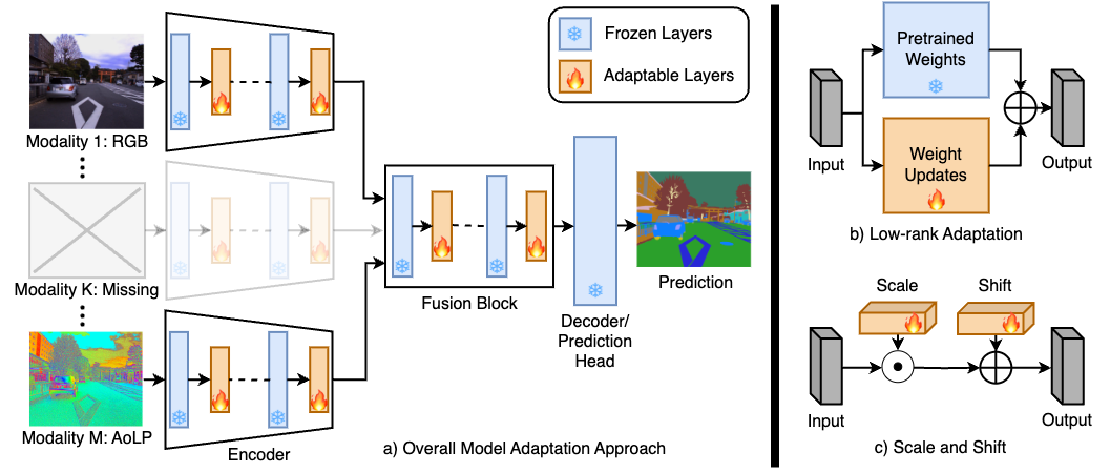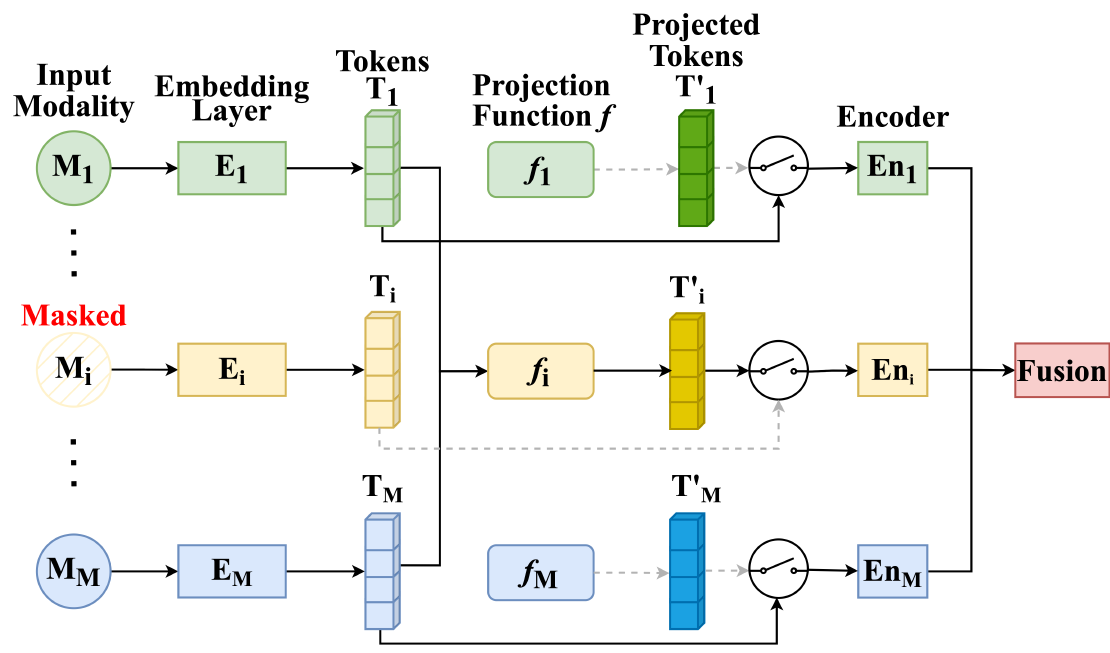Model, Analyze, and Comprehend User Interactions within a Social Media Platform
Social media has transformed how we communicate, but have you ever wondered what really happens beneath the surface? Who drives the discussions? Are most users well-connected? What kind of content do people engage with the most?
In our latest research, “Model, Analyze, and Comprehend User Interactions within a Social Media Platform”, we explore these questions using a graph-based approach. By modeling interactions within an online community, we uncover surprising insights about user behavior, content preferences, and community dynamics.
Why This Matters
Social media platforms influence everything from public opinion to business decisions. However, much of the research focuses on predicting engagement and content popularity, while the underlying structure of interactions remains underexplored. Our study provides a deeper look at how users engage, form communities, and shape discussions.
Our Approach: Mapping User Interactions with Graphs
Instead of analyzing isolated posts and comments, we construct a user interaction graph where:
- ✅ Nodes represent users, and edges represent interactions (post-comment relationships).
- ✅ We analyze strongly connected components (SCCs) to identify sub-communities.
- ✅ We track content preferences, engagement trends, and key influencers.
Key Findings
- 📌 Only 0.8% of users significantly drive community dynamics – A small core of highly active users shapes the majority of discussions.
- 📌 56.05% of active users are strongly connected – While there are smaller clusters, a large portion of the community is well-integrated.
- 📌 Engagement is time-sensitive – Activity spikes around key events like admissions and internships.
- 📌 Popularity is linked to activity – Users who engage more frequently tend to be more popular.
- 📌 People prefer positive and informative content – 82.41% of users engage with constructive discussions, while negative content gets downvoted.
Challenges in Understanding Social Media Behavior
- 🔹 High Data Complexity – Social media interactions form dense networks, making it difficult to extract clear patterns.
- 🔹 Transient User Engagement – Unlike traditional networks (e.g., friend circles on Facebook), many users interact only briefly before disappearing.
- 🔹 Diverse User Motivations – Some users seek information, while others post for entertainment, making behavioral analysis more challenging.
What This Means for Online Communities
Understanding who drives conversations and what content resonates can help:
- ✅ Platform Designers improve content recommendation and moderation.
- ✅ Businesses & Marketers tailor engagement strategies based on real user behavior.
- ✅ Community Managers create healthier, more engaging online spaces.
What’s Next? Open Questions & Future Directions
While our study sheds light on user interactions, many questions remain:
- 🔎 How do influencers shape discussions over time?
- 🔎 What role do recommendation algorithms play in amplifying certain topics?
- 🔎 Can we design better methods to foster positive engagement while limiting negative content?
Final Thoughts
Social media is more than just posts and likes—it’s a dynamic ecosystem of connections, influence, and community-building. Our graph-based approach provides a new lens to analyze and optimize these interactions, helping us move toward more meaningful and insightful online engagement.
We’d love to hear your thoughts! What do you think drives engagement in online communities? 🚀
More Details About the Paper
- Accepted By: IEEE International Conference on Computer and Information Technology (ICCIT 2024)
- Paper Link: arXiv | ICCIT (TBD)
- Date First Available on arXiv: 23 March 2024
- Authors: Md Kaykobad Reza , S M Maksudul Alam , Yiran Luo, Youzhe Liu, Md Siam
Related Posts
U2A: Unified Unimodal Adaptation for Robust and Efficient Multimodal Learning
Imagine you’re using an AI system that analyzes both images and text to classify food items. It works great—until suddenly, the text data is missing.
Read moreRobust Multimodal Learning with Missing Modalities via Parameter-Efficient Adaptation
Missing modalities at test time can cause significant degradation in the performance of multimodal systems. In this paper, we presented a simple and parameter-efficient adaptation method for …
Read moreMMP: Towards Robust Multi-Modal Learning with Masked Modality Projection
In real-world applications, input modalities might be missing due to factors like sensor malfunctions or data constraints. Our recent paper addresses this challenge with a method called …
Read more


